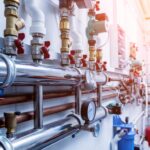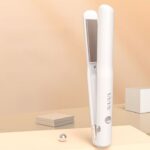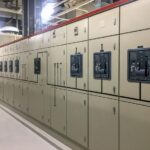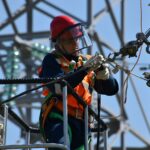Among those essential chores that are sometimes overlooked until a problem surfaces is leak detection. Imagine waking up to discover your house has damp walls or that your basement is flooded and realising you have a concealed leak. It’s not only about the water; it’s also about stopping expensive damage and health hazards connected with mould development. Leak detecting tools then become really important.
Knowing the several kinds of leak detectors will help you whether your business needs dependable instruments for inspections or you are a homeowner trying to protect your property. From moisture meters to acoustic gadgets, every kind has a special function in precisely and quickly detecting leaks.
This handbook will lead you through what you need to know about choosing and applying leak detection tools. Right understanding will equip you to address any possible water-related problems directly. Let’s explore this crucial subject.
Various Leak Detector Equipment Types
There are several types of leak detector equipment, each meant for certain uses.
Because they can pick up sound waves generated by leaks, acoustic leak detectors are rather common. These tools are flexible for professionals since they perform effectively in home and business environments.
One visual technique is offered by infrared cameras. They sense changes in temperature brought on by water leaking from walls or pipes. This technology especially helps to identify concealed leaks without using intrusive methods.
Another choice, perfect for measuring wetness in materials like plasterboard and wood, are moisture meters. They give quick measurements that enable one to assess the degree of moisture damage.
Electronic sniffers are indispensable for gas leaks. These portable tools promptly detect dangerous gases like methane or propane, thereby guaranteeing safety in households and businesses both.
Every kind of leak detection device performs its function well; knowing these choices will help you select the correct tool for your requirements.

Considerations While Selecting a Leak Detector
First thought should be the kind of leaks you wish to find when selecting a leak detector. For refrigerants, gas, and water, separate detectors exist. Clearly state your needs.
Consider then the sensitivity levels needed in your surroundings. While some detectors may only find more significant leaks, others can notice minute ones. Know what degree of safety requires from detection.
Another essential consideration is portability. Lightweight choices with ergonomic shapes are best if you will be transporting it between sites or in difficult-to-reach areas.
Analyse also the device’s technologies used. Comparatively to analogue ones, digital screens provide improved usability and readability.
Review manufacturer customer assistance policies and warranty offers. When problems develop or queries come up during operation, dependable backup can make all the difference.

Leak Detector Equipment Use Guidelines
Once you grasp the basics, using leak detector equipment can be simple. First, get acquainted with the manual for the gadget. Knowing its characteristics will allow you to maximise effectiveness.
Make sure your surroundings are safe before usage. Clear any trash or barriers that can complicate leak detection. Correct readings depend on this stage.
Turn on the detector then, following manufacturer directions, calibrate it. Calibration guarantees exact results from your gadget.
Scanning a space, move deliberately and gently. Watch the device’s readings or indications for changes. A quick surge could indicate a possible leak.
Remember also to document your results. Recording outcomes enables one to monitor ongoing problems over time and find trends about leaks in different sites.
















